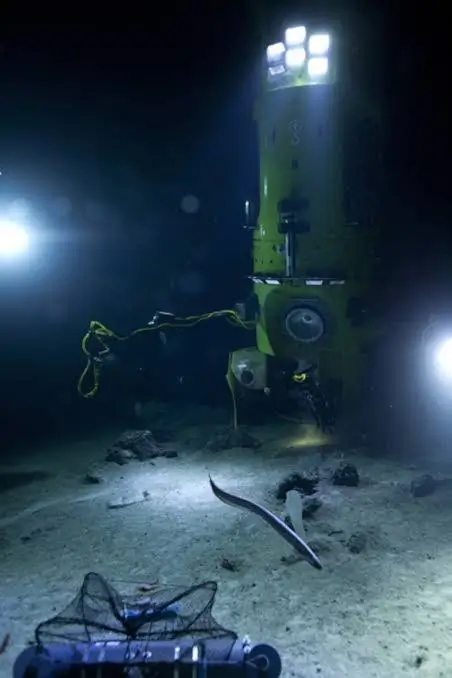What is the Challenger deep?
The Challenger Deep is the lowest point on Earth, with a depth of approximately 35,787 feet (10,902 meters) in the Mariana Trench, which is located in the western Pacific Ocean. It is a depression in the Earth’s crust, a deep-sea trench that is a remarkable natural feature.
To put that depth in perspective, the Challenger Deep is nearly 7 miles (11 kilometers) deeper than Mount Everest, the highest mountain on Earth, is tall. It’s an incredibly extreme environment, with pressures reaching over 1,000 times the pressure at sea level and temperatures ranging from just above freezing to near-freezing.
The Challenger Deep was named after the HMS Challenger, a British ship that first measured its depth in 1875. The trench is a remote and inhospitable region, with only a few humans having visited the bottom, including Jacques Piccard and US Navy Lieutenant Don Walsh in 1960, and filmmaker James Cameron in 2012.
The Challenger Deep is a unique ecosystem, with organisms that have adapted to survive in the extreme conditions. Despite the harsh environment, scientists have discovered a variety of life forms, including giant amphipods, deep-sea fish, and microorganisms that thrive in the trench’s dark, cold waters.
The Challenger Deep continues to fascinate scientists, explorers, and the general public alike, and ongoing research and exploration efforts are helping to uncover more about this remarkable and largely unexplored region of our planet.




